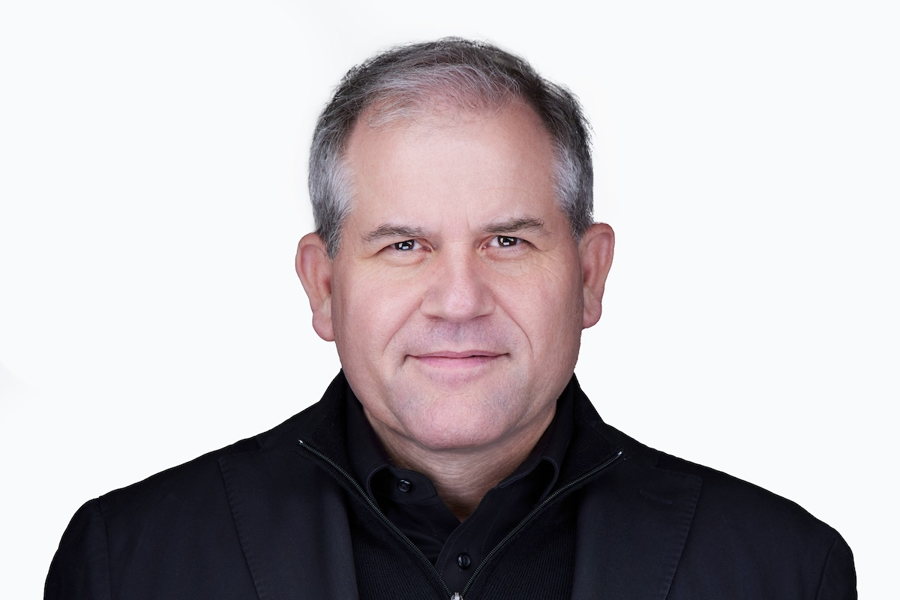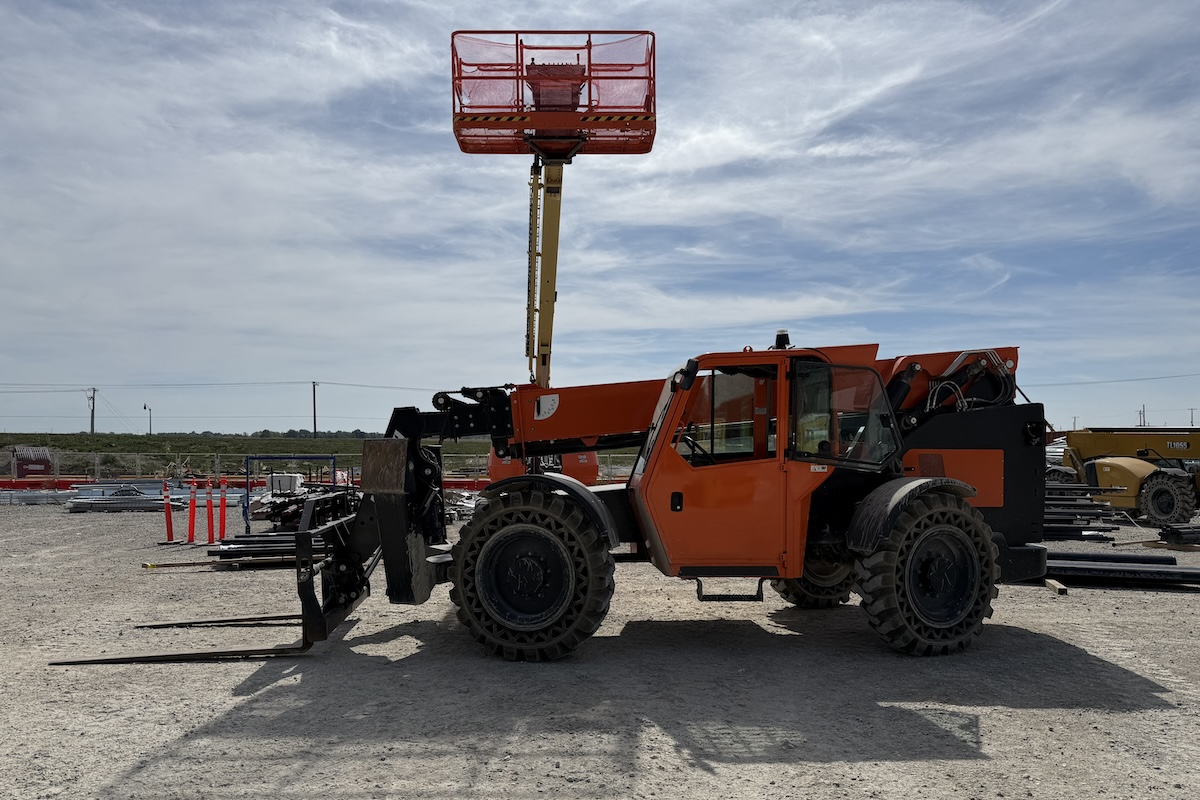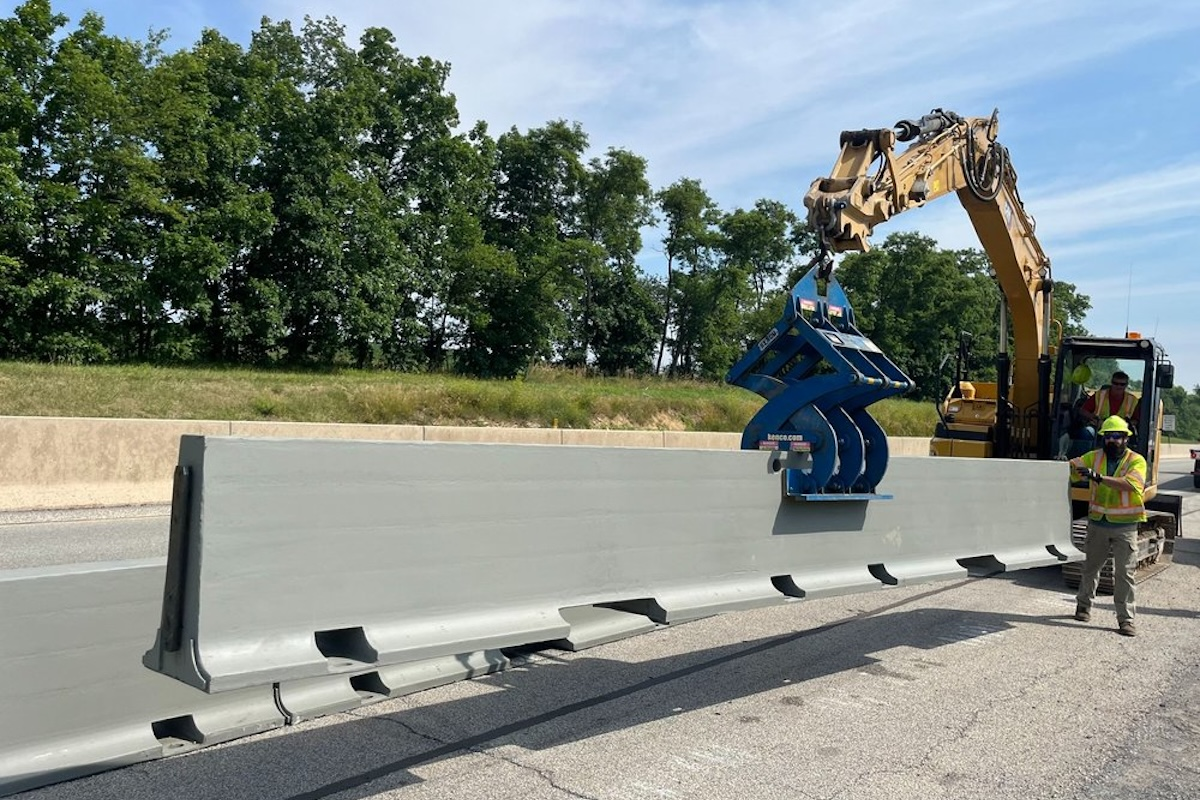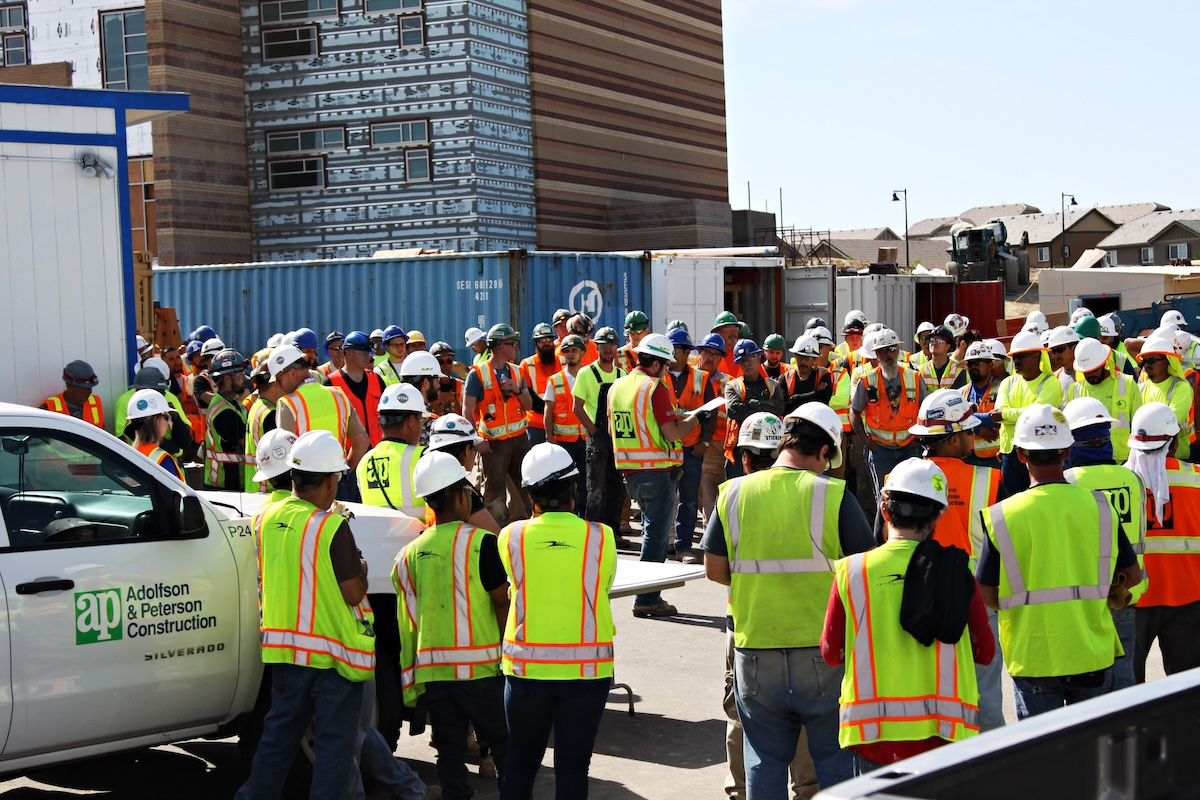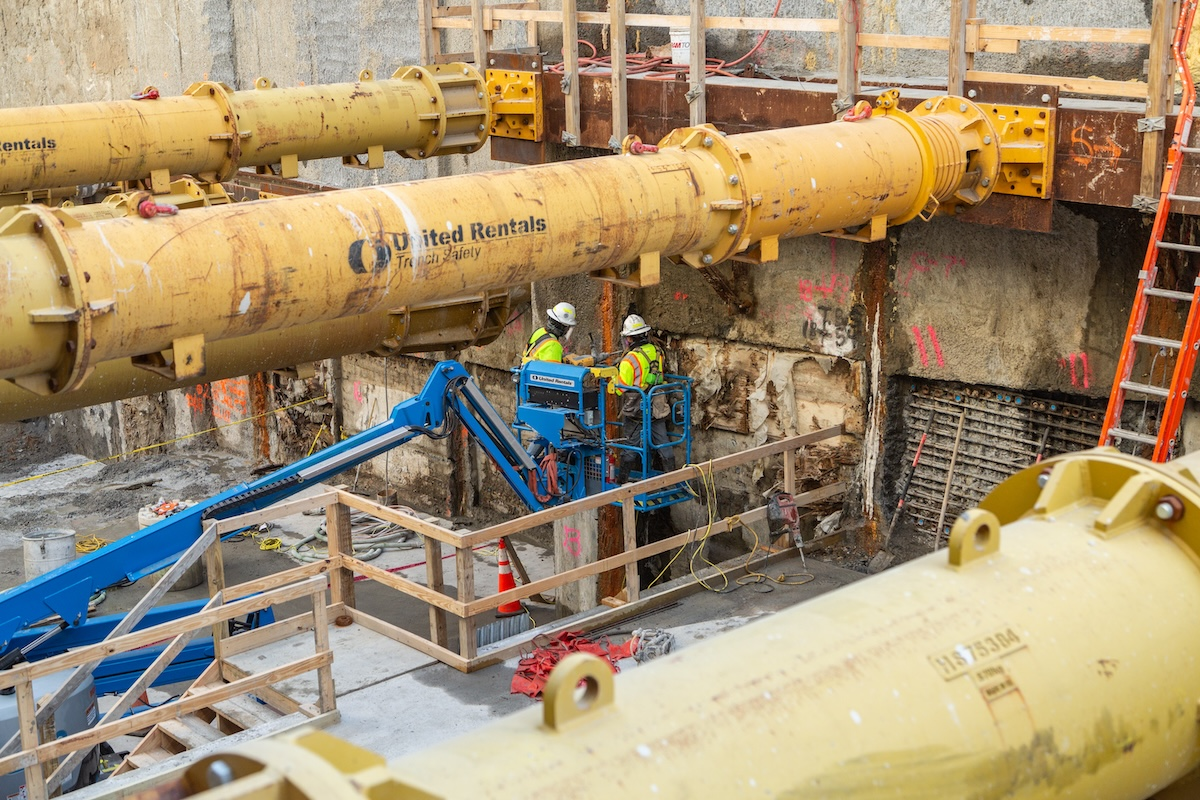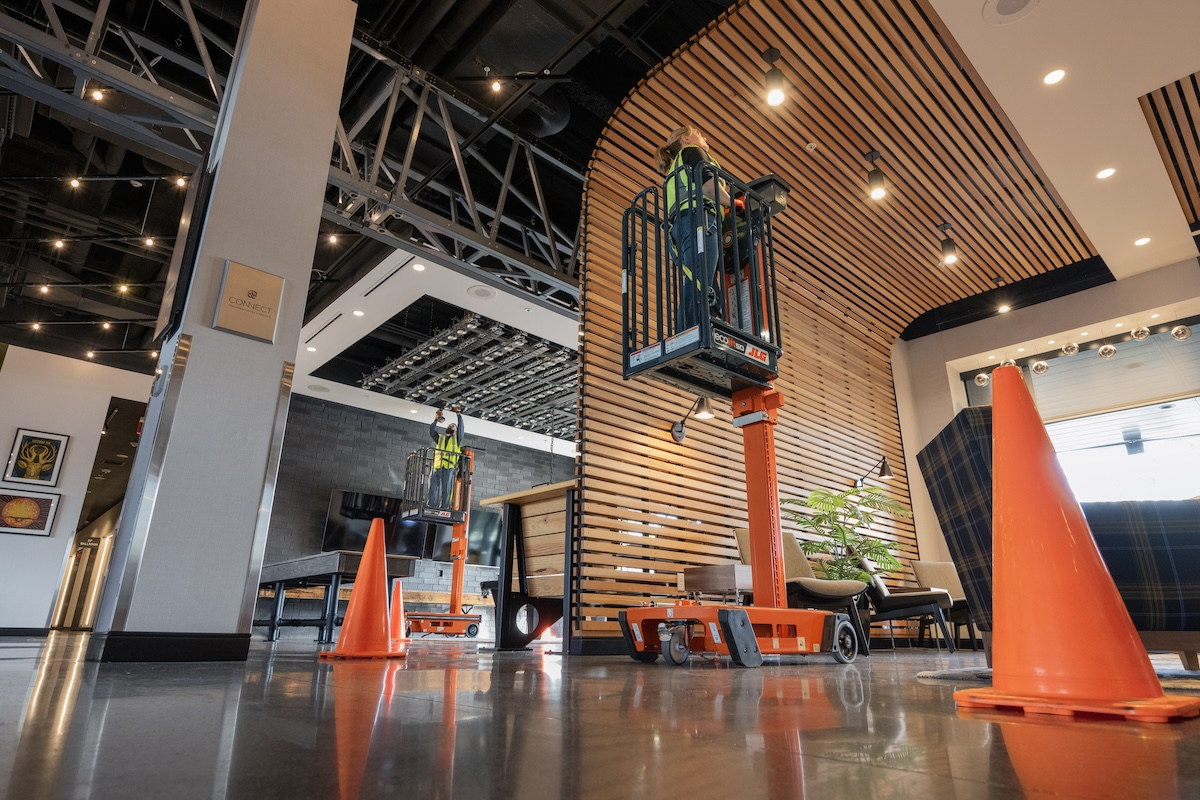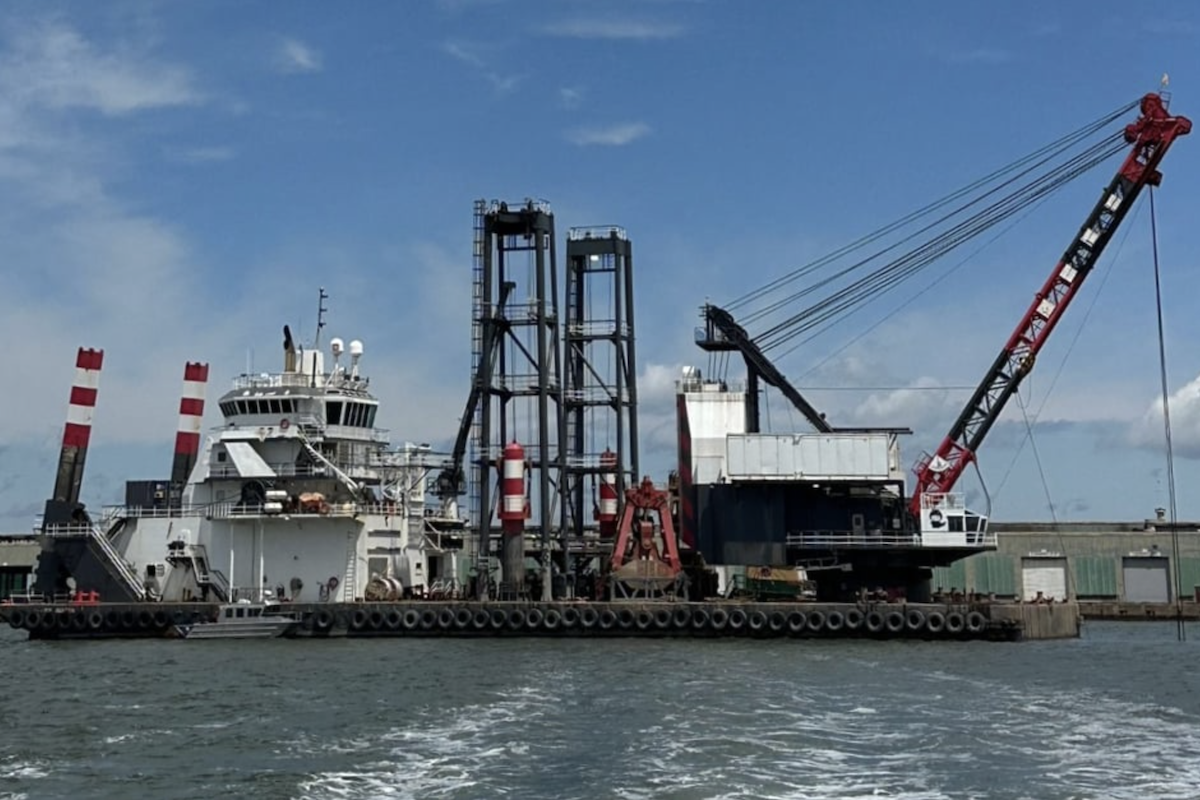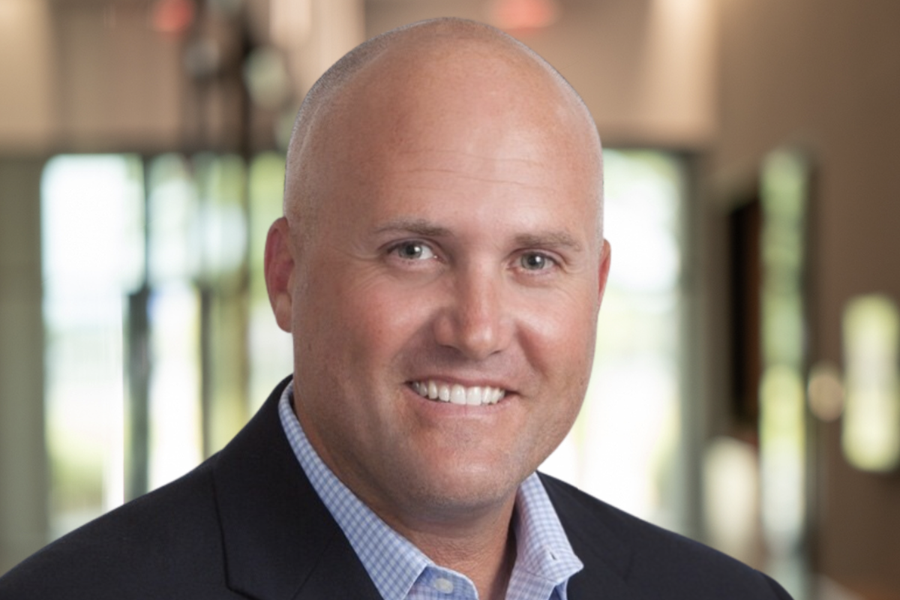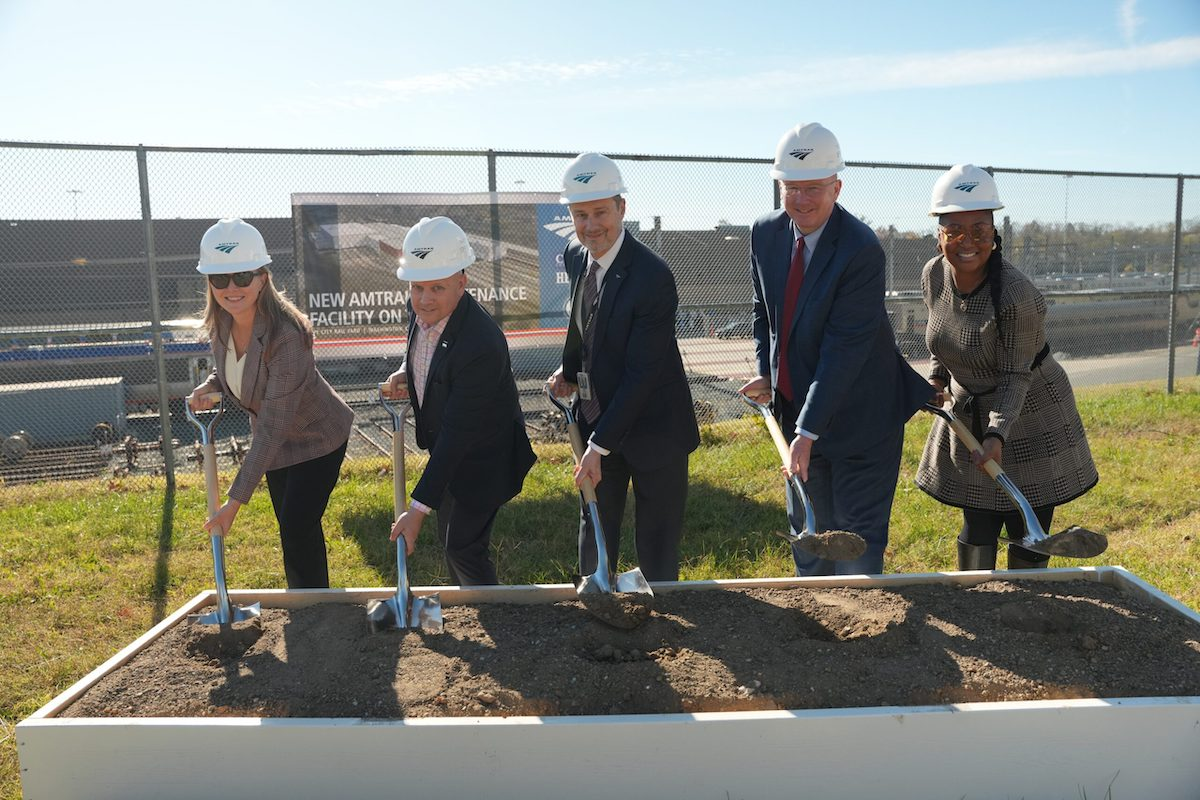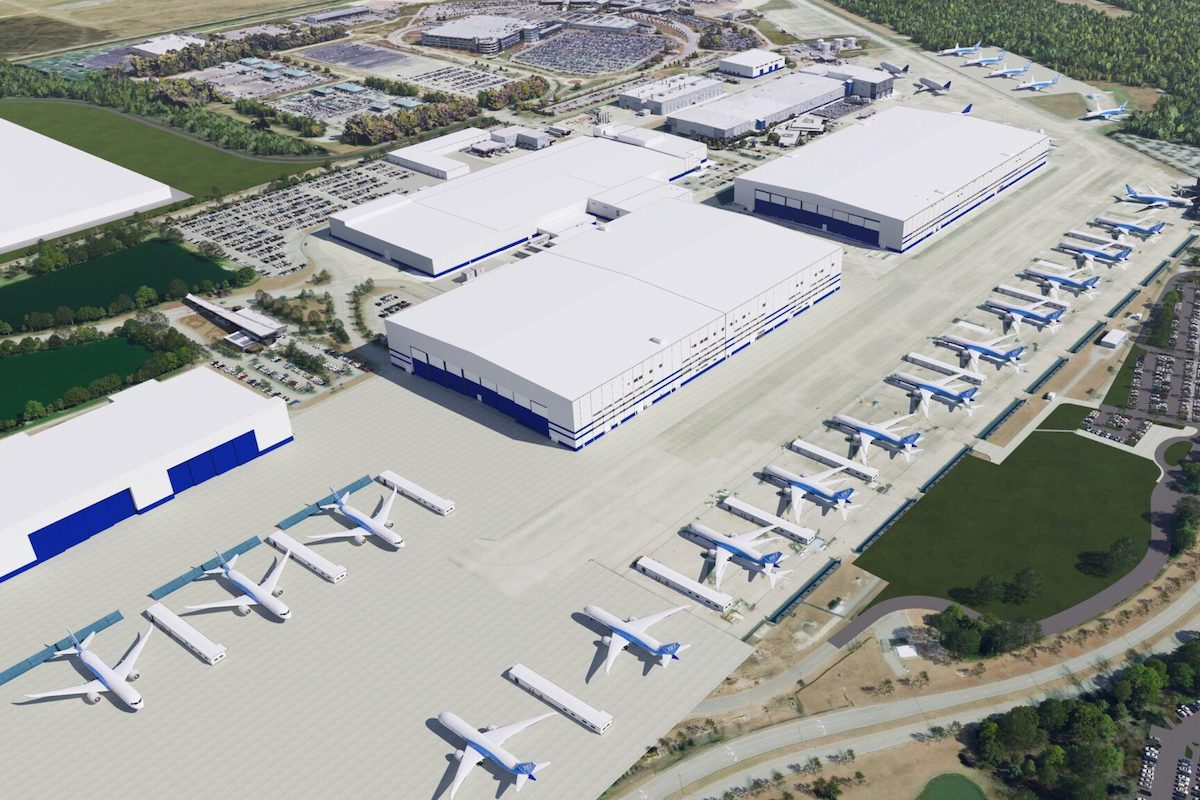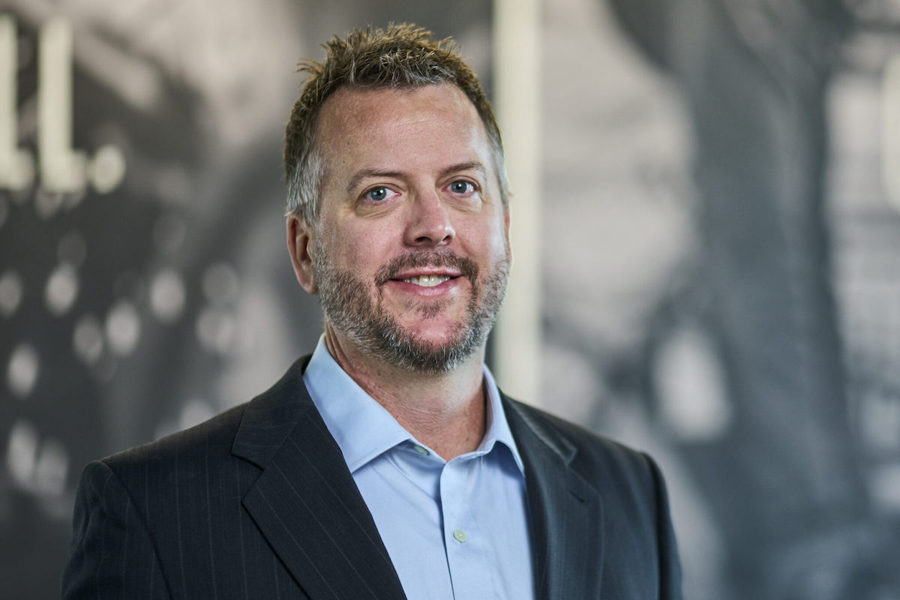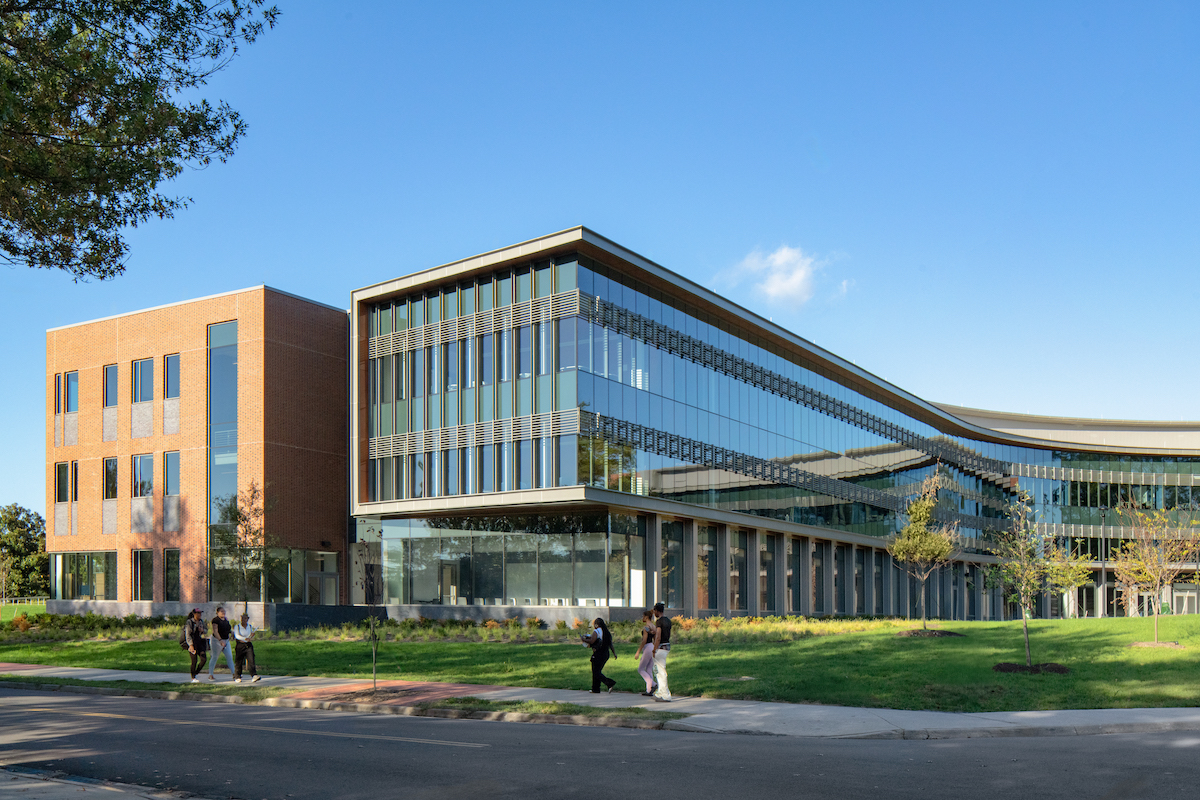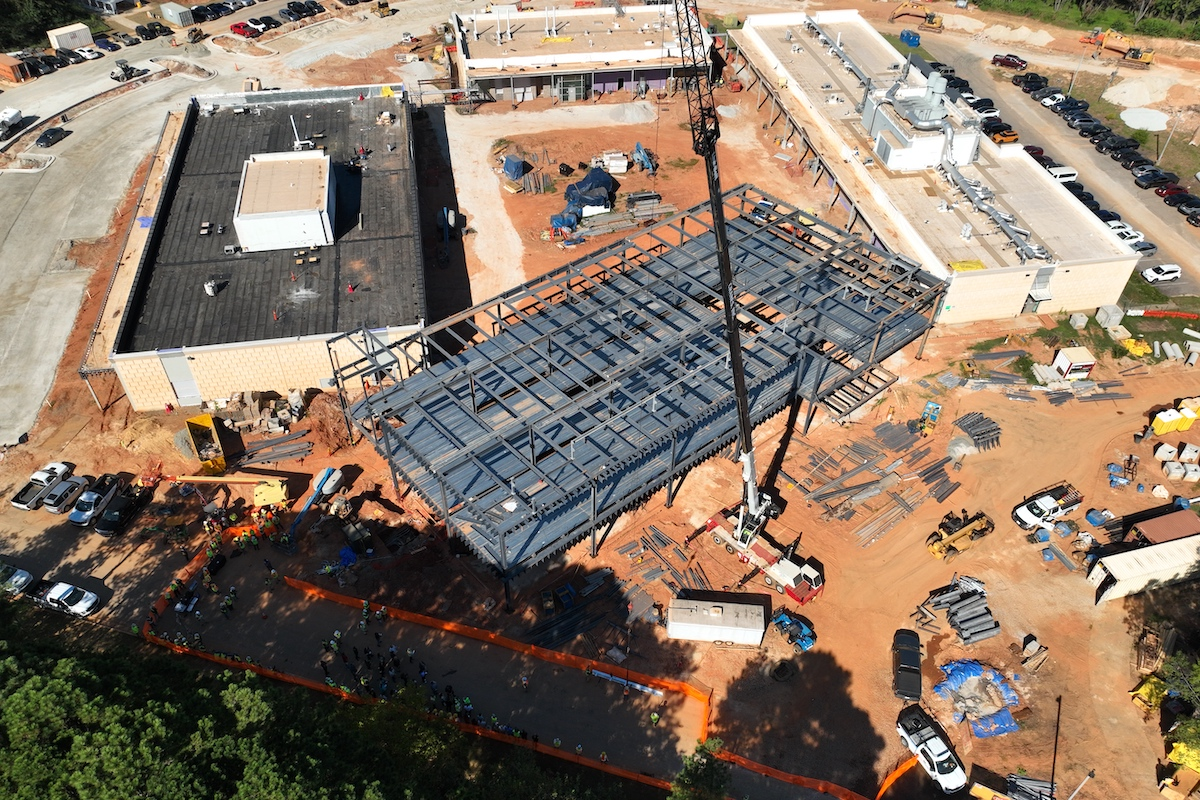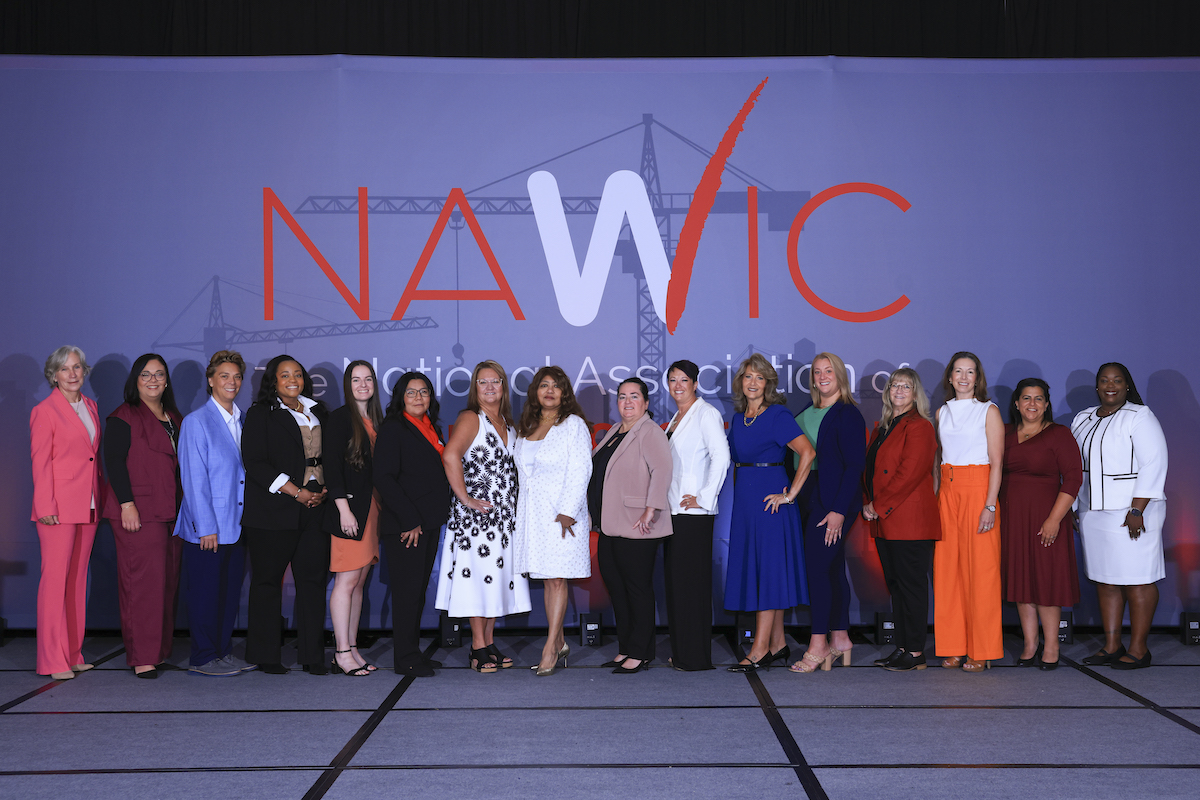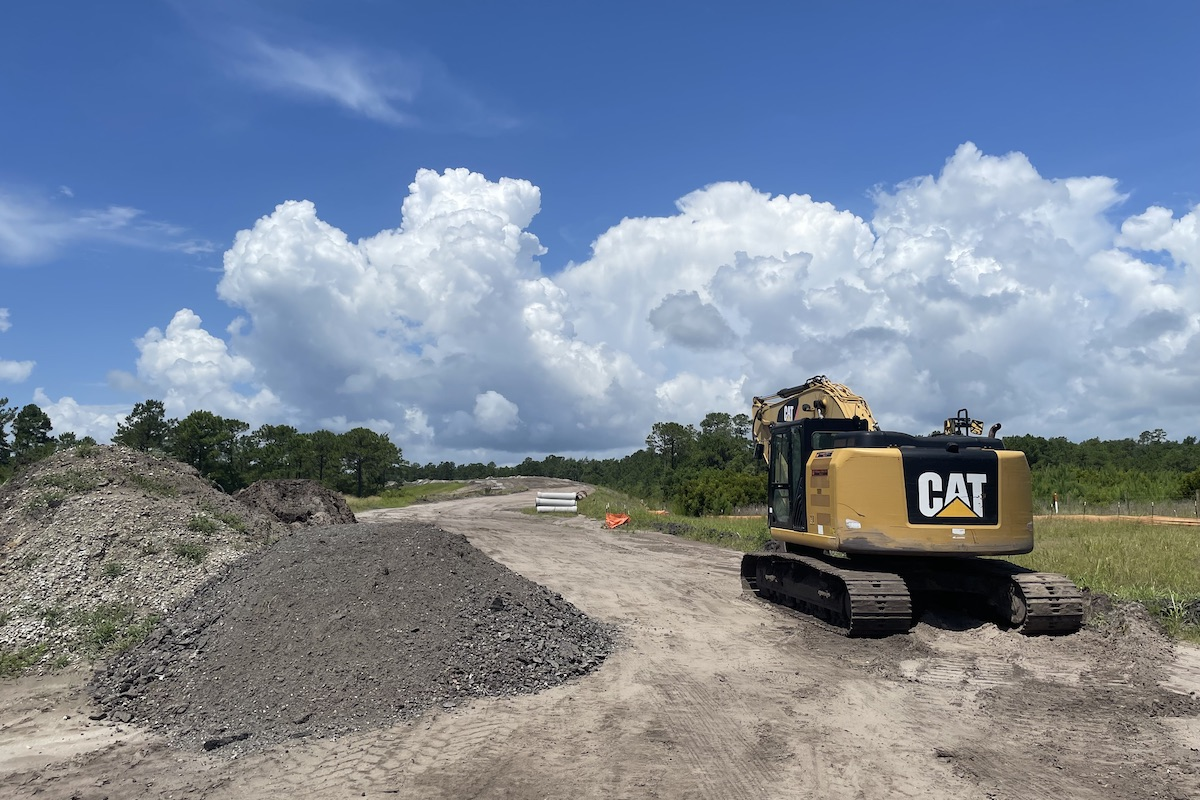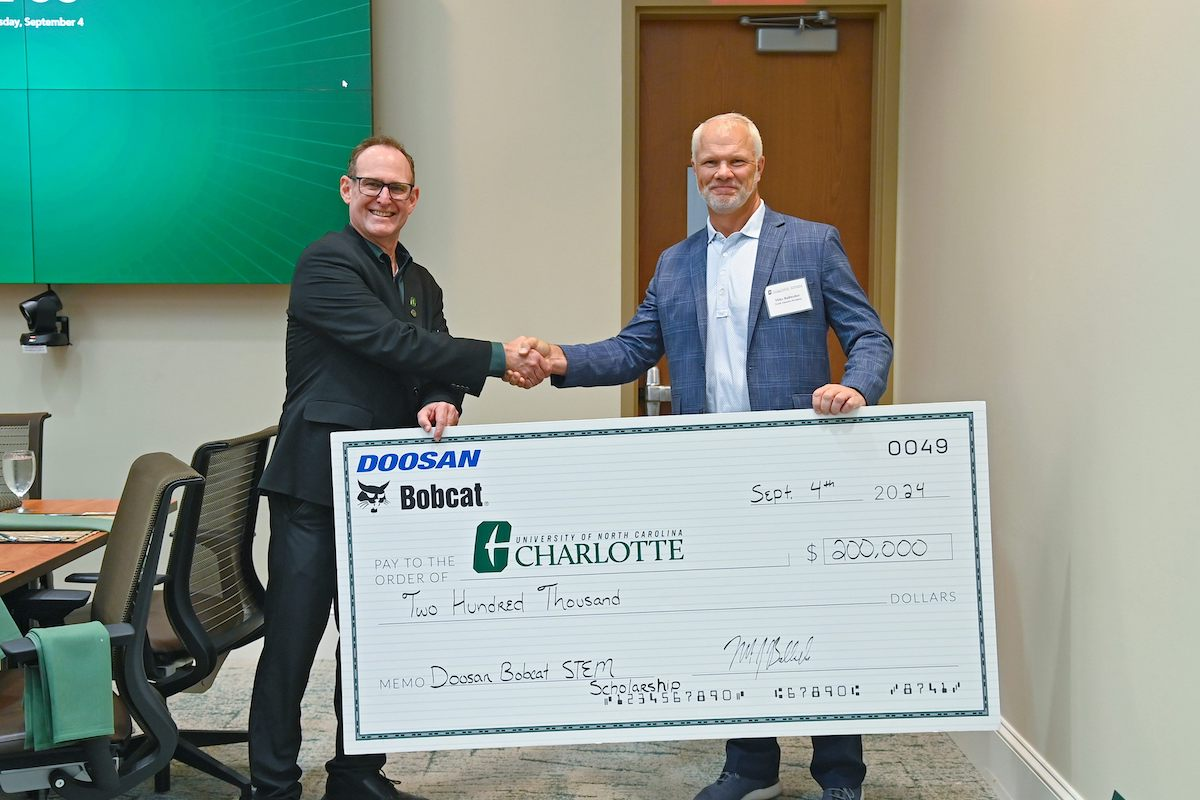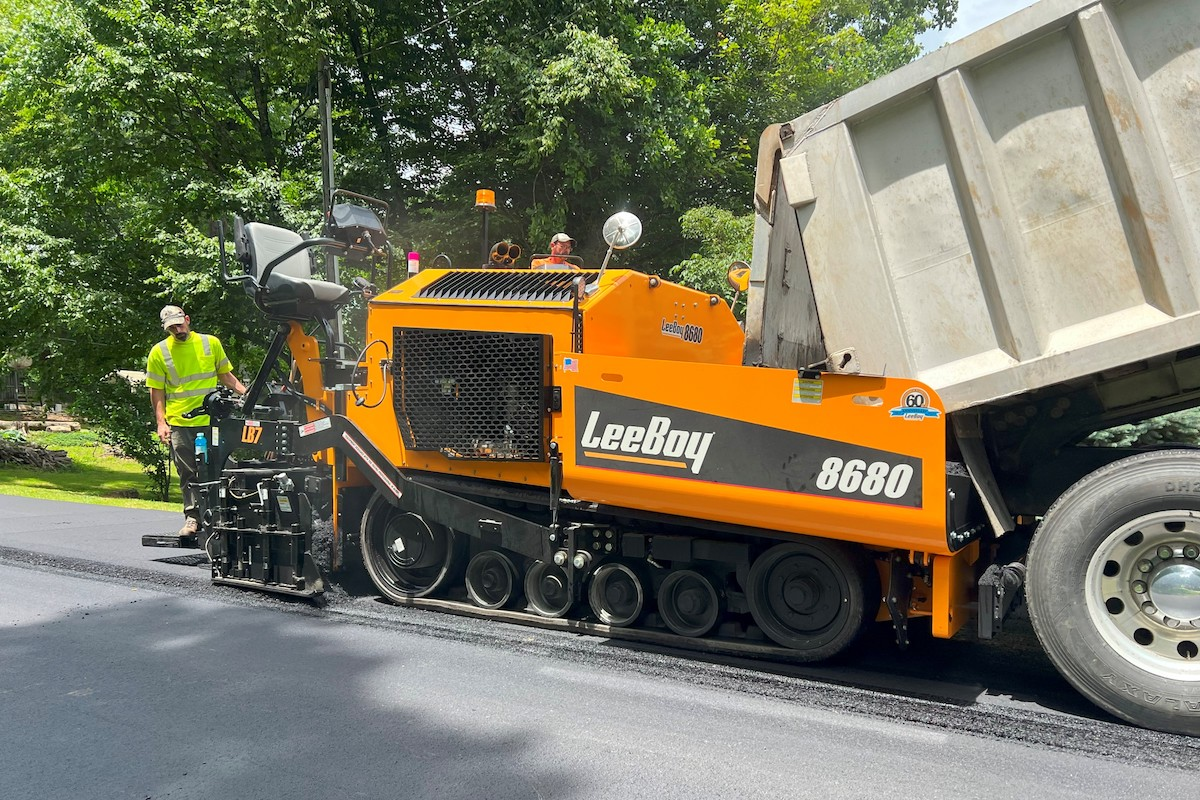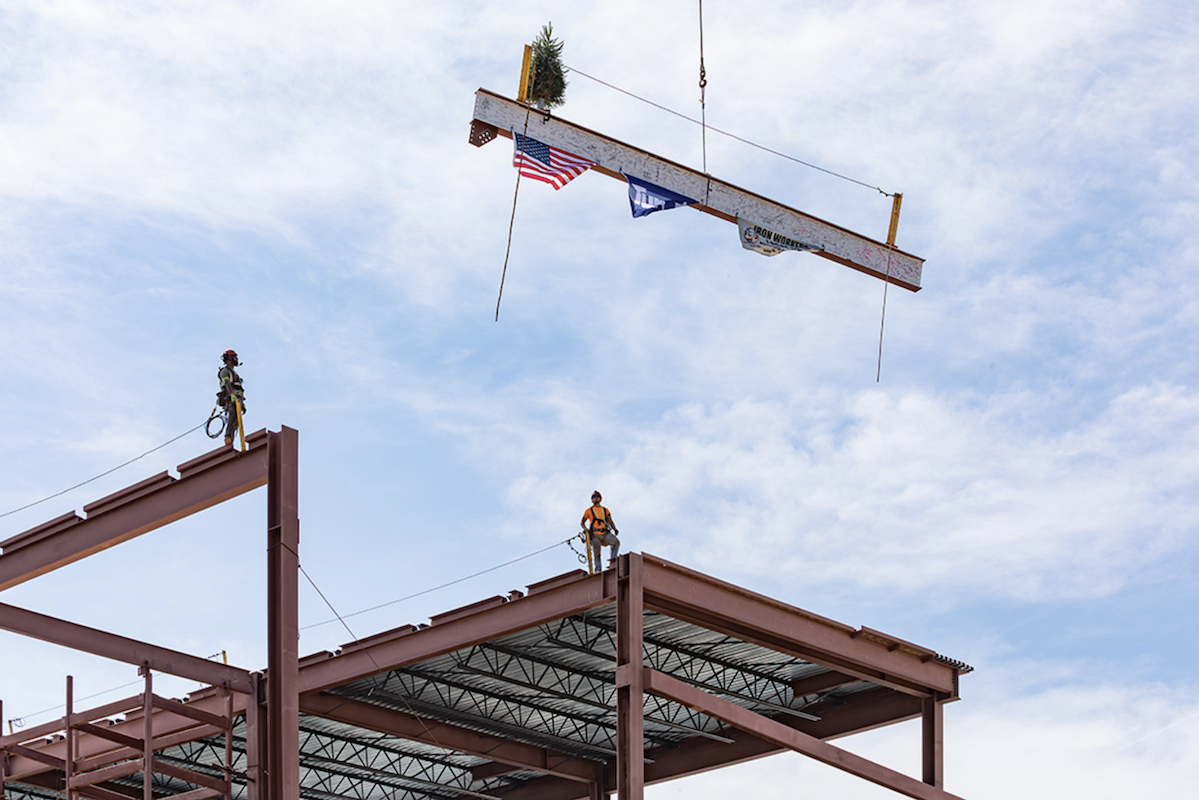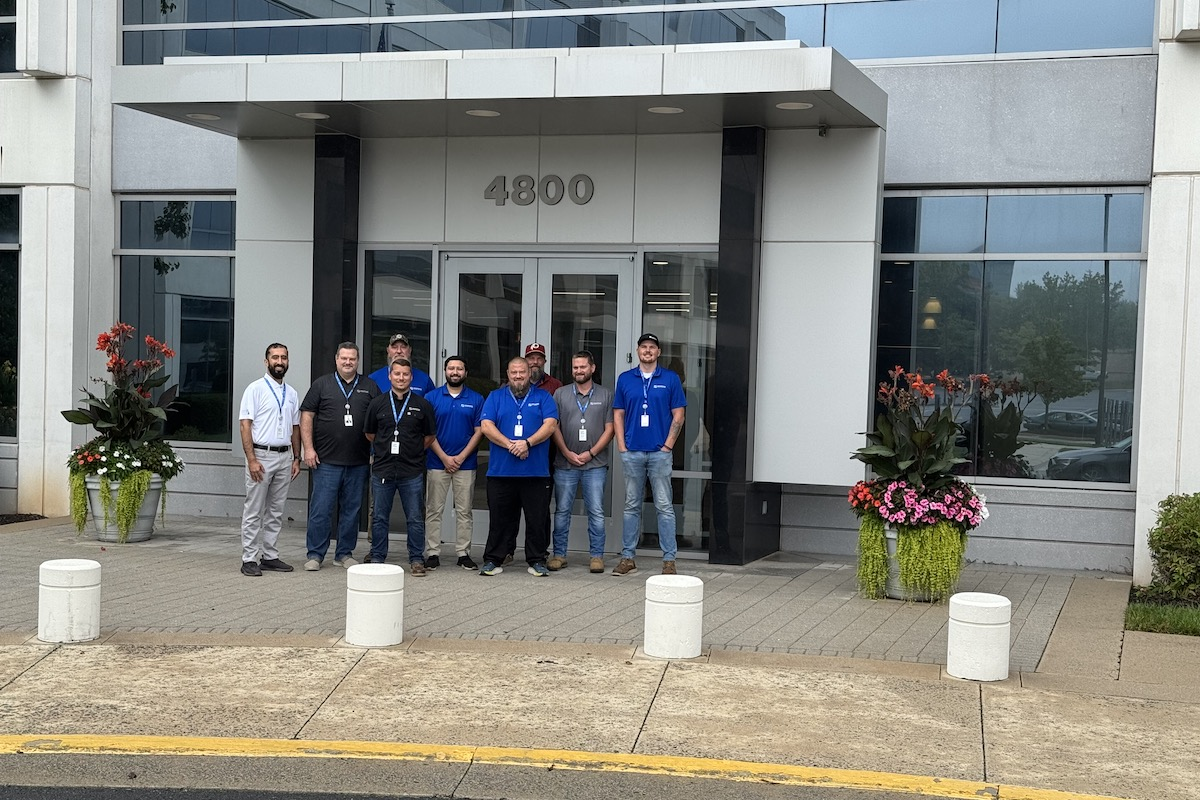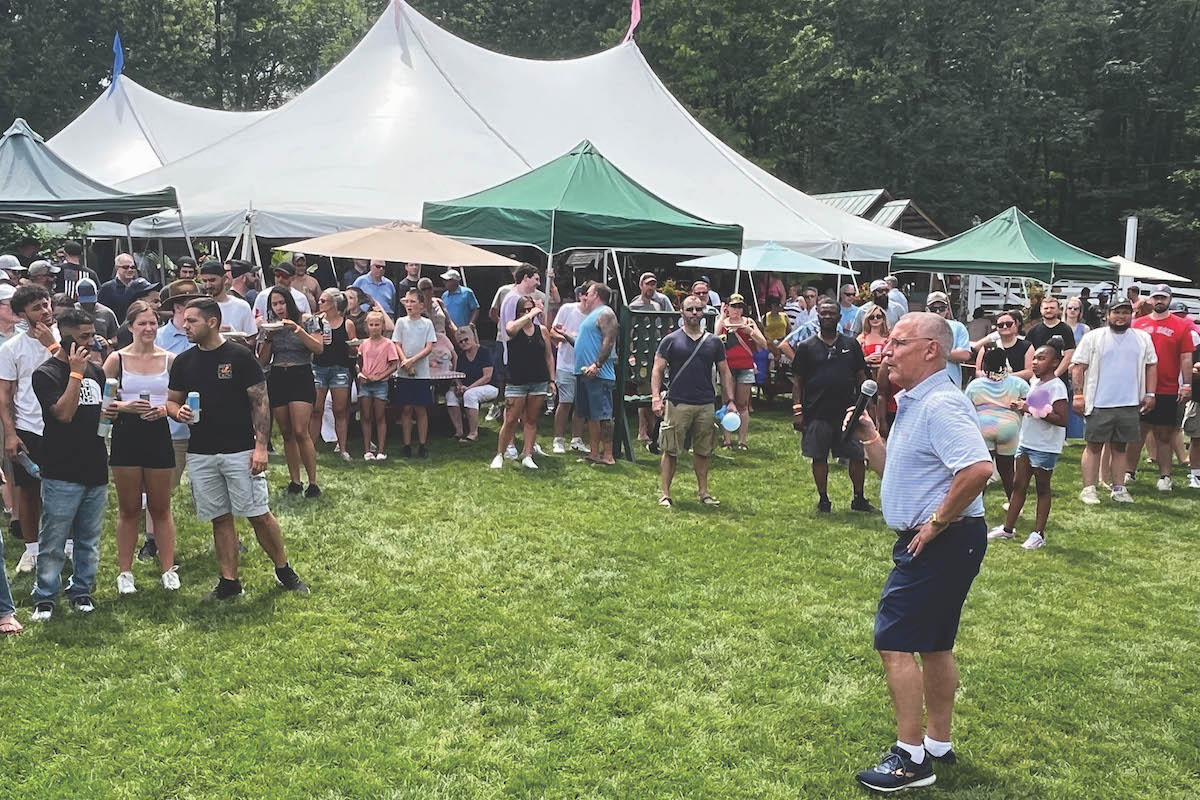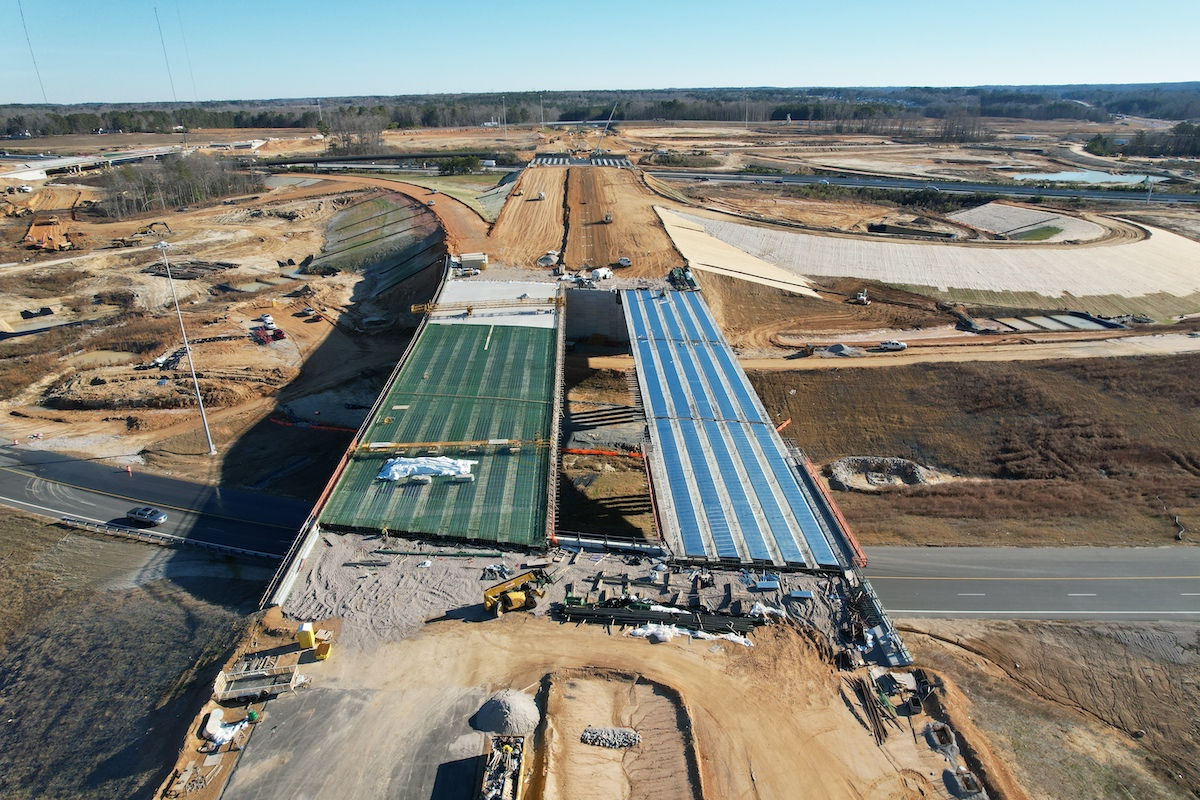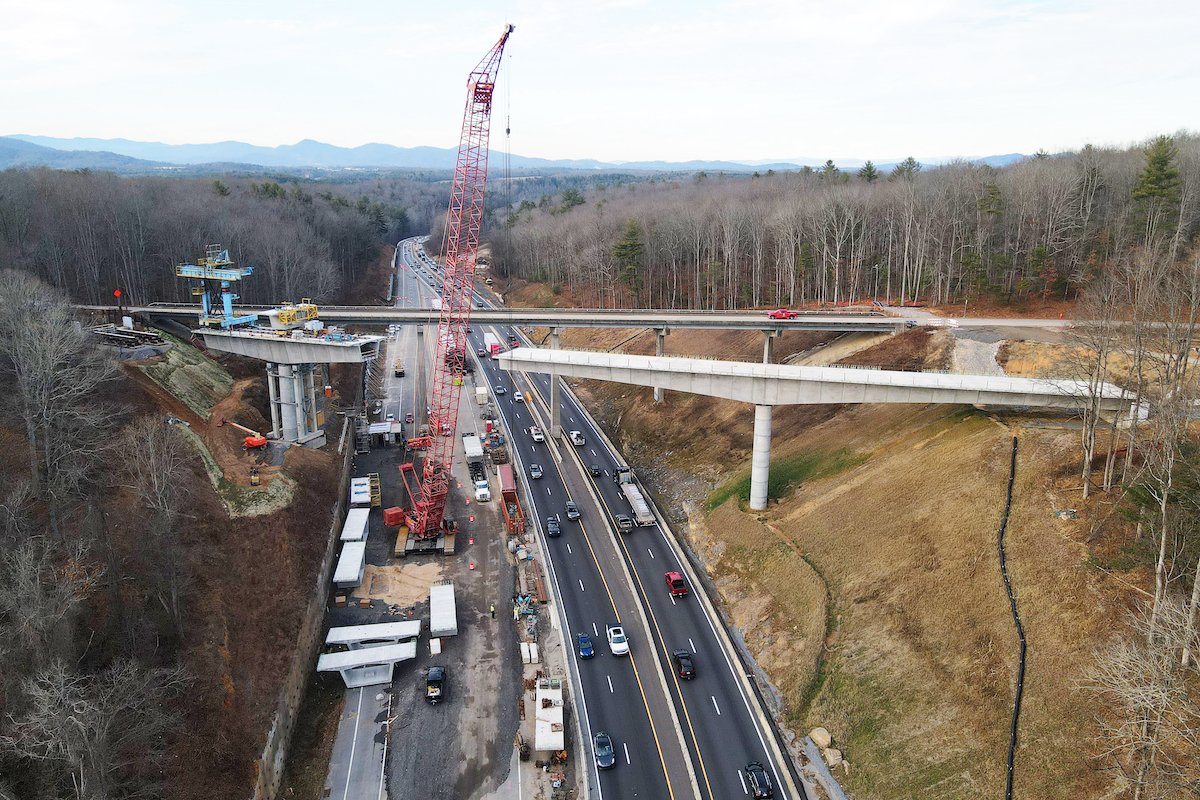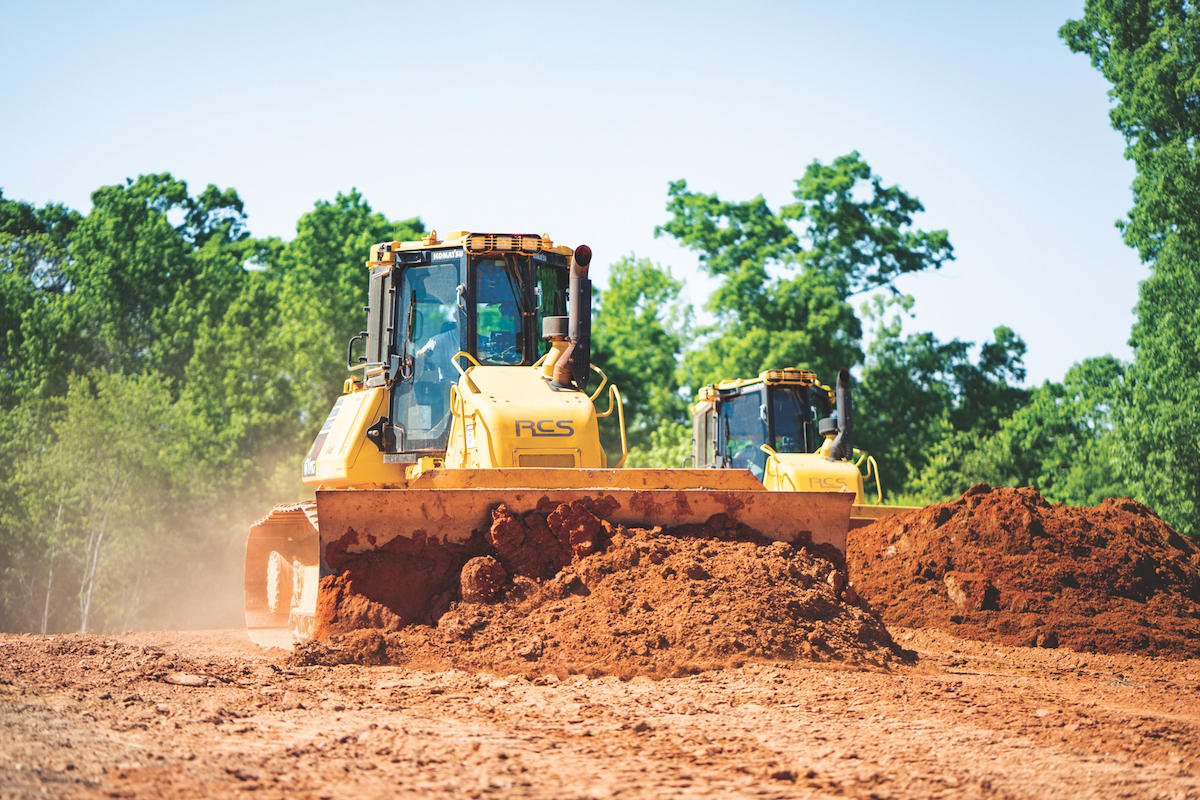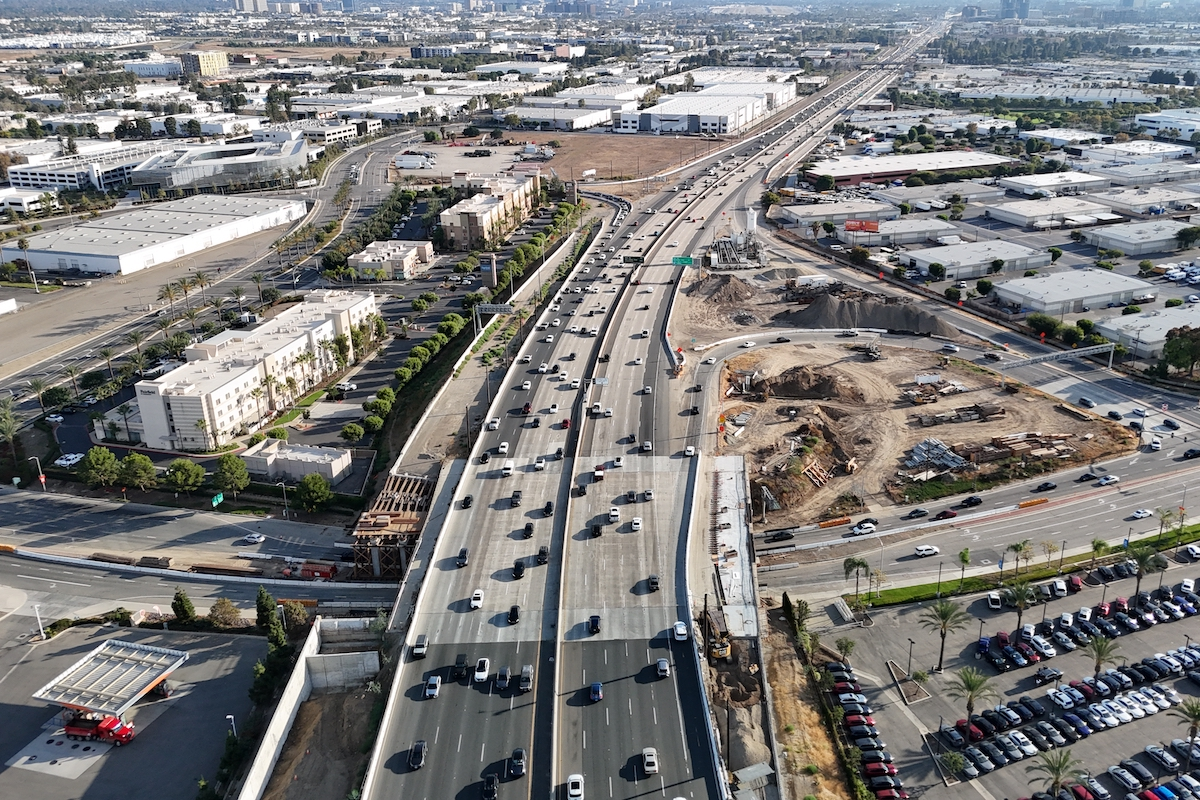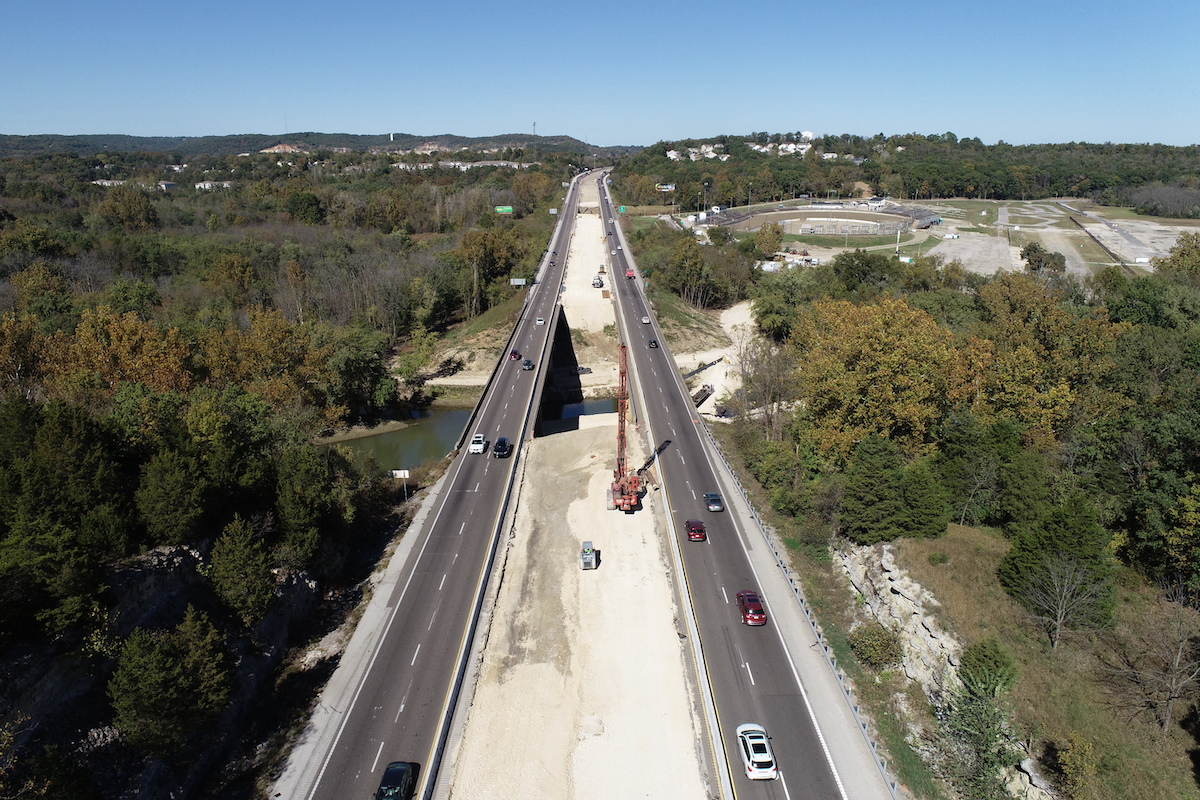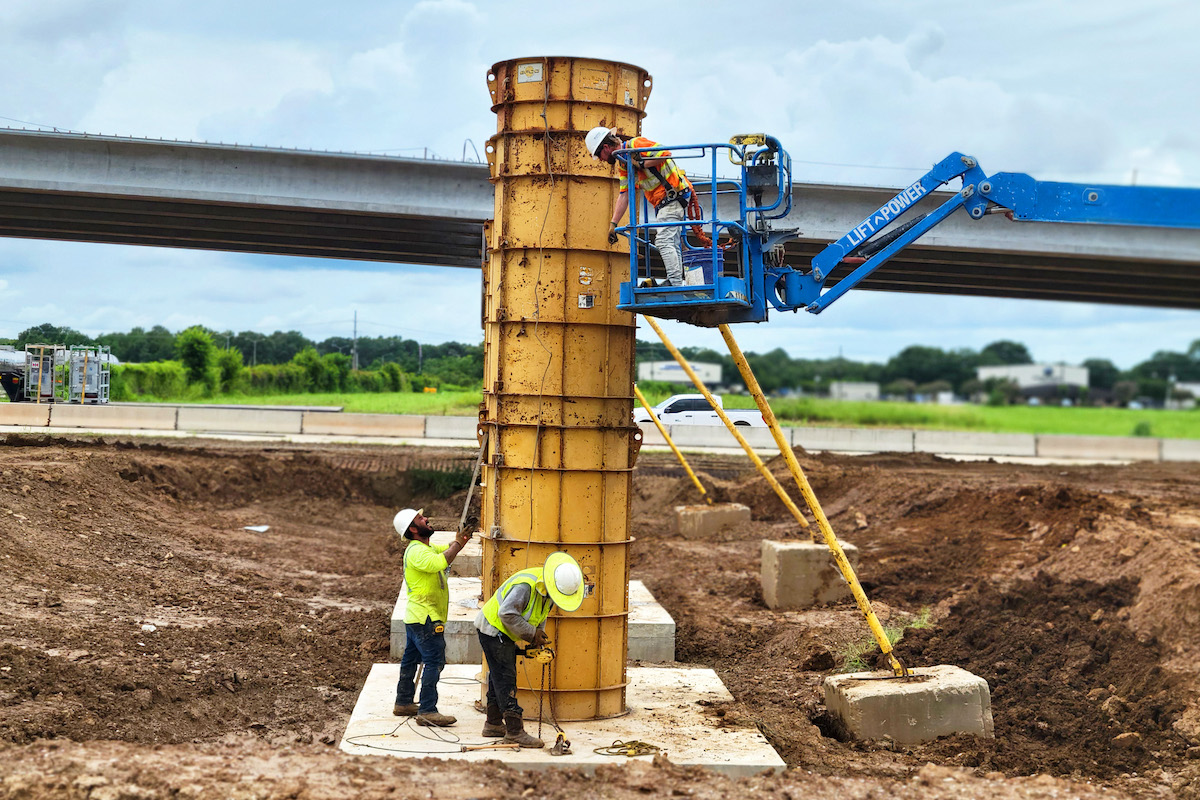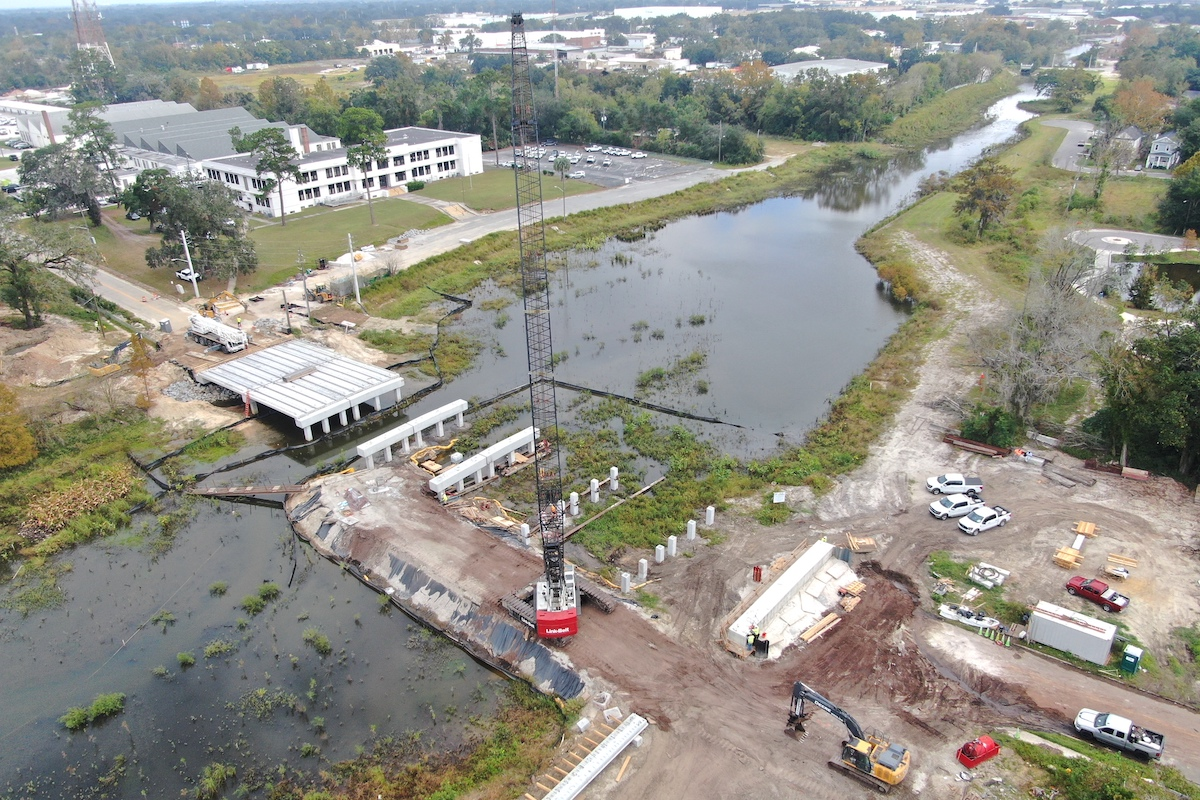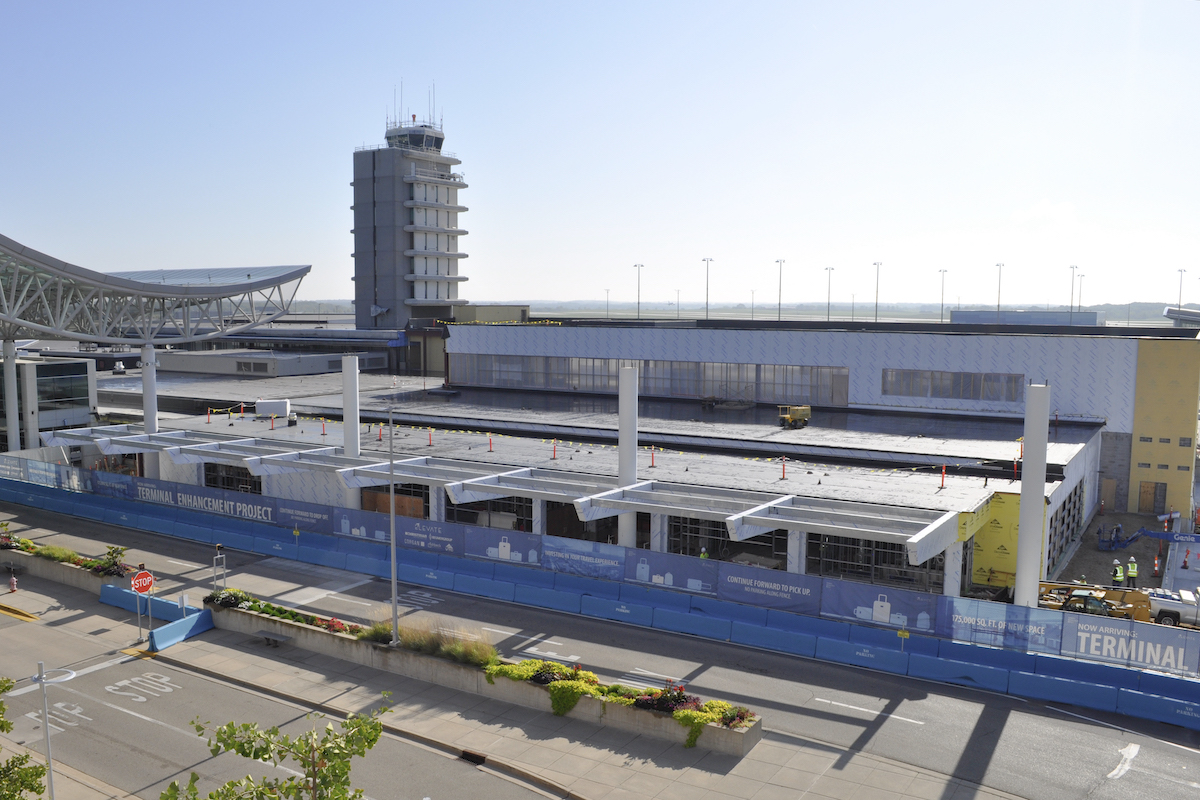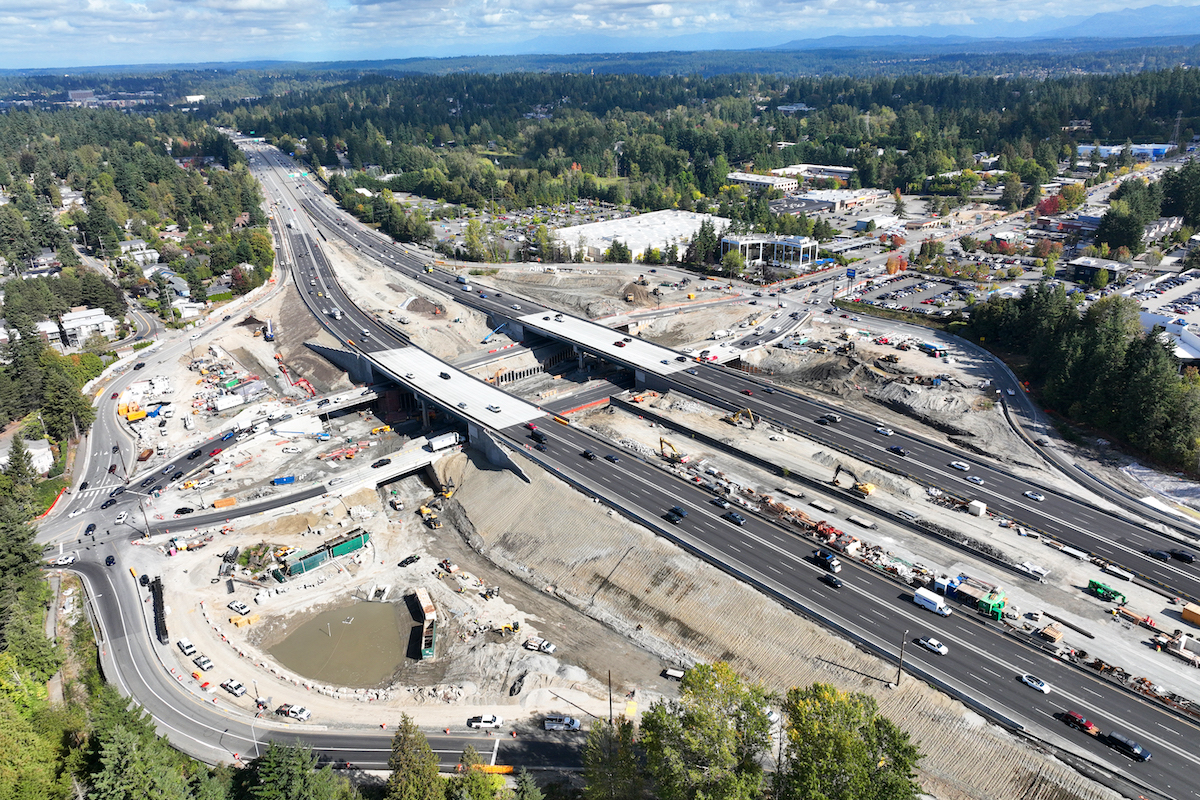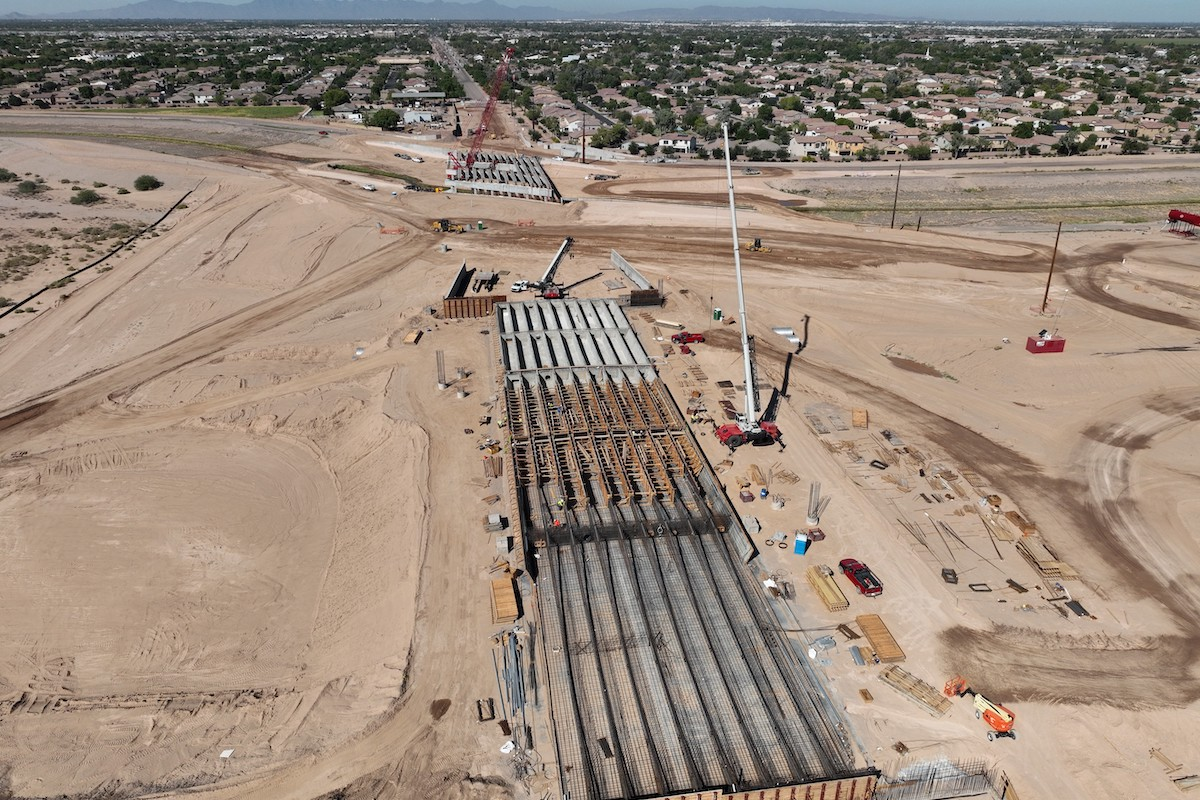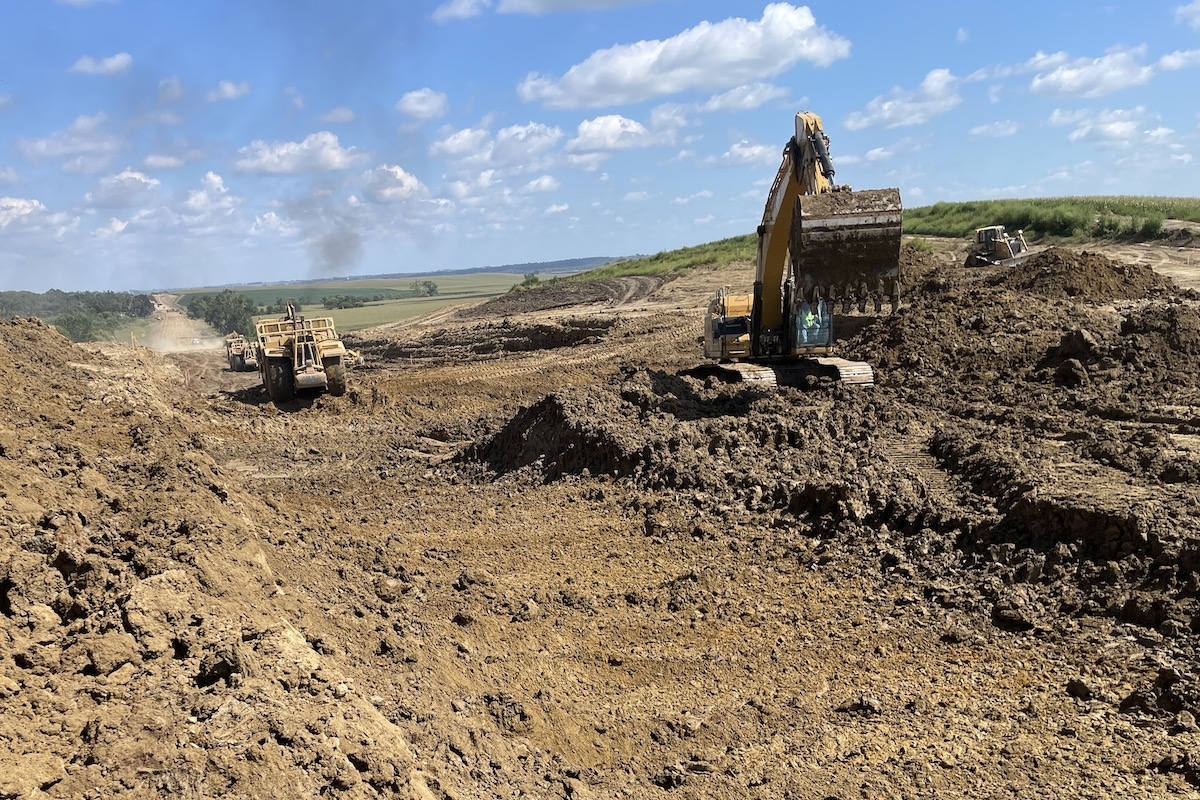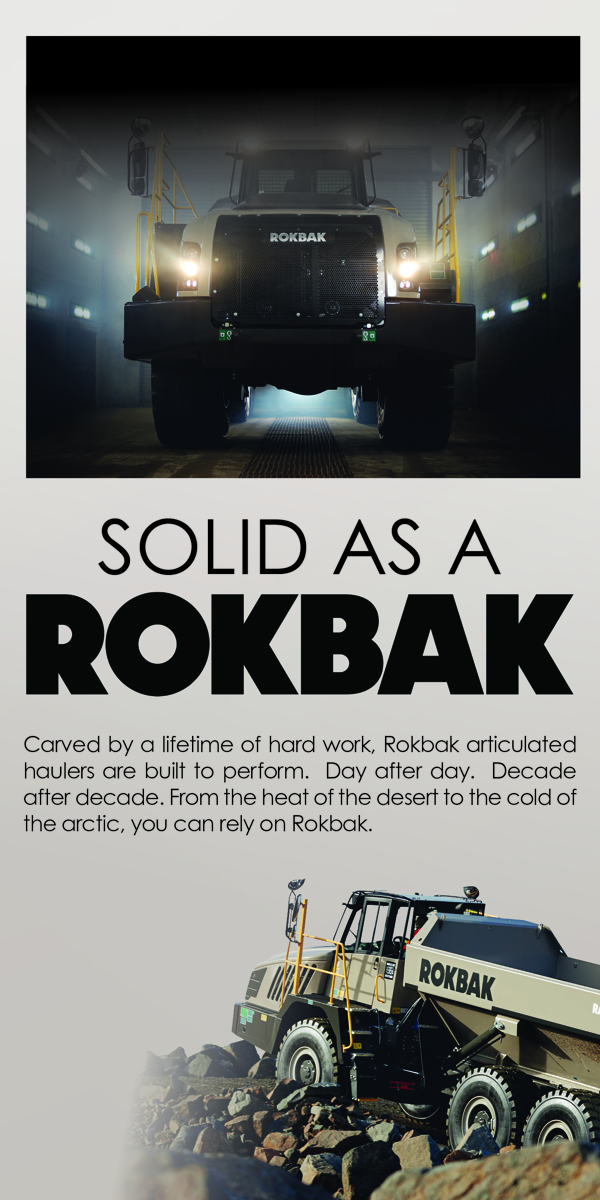The need for careful planning was critical for Garney Construction as the company considered the best ways to approach a $65 million water supply project for the U.S. Navy’s Naval Support Facility Indian Head in Maryland, about 30 miles south of Washington, D.C. The 3,500-acre Indian Head facility, established in 1890, is one of the oldest naval bases in the U.S. The project, which started in July 2022, is a joint venture between Garney Federal, Inc. and TyBe Company, LLC. Garney is the project leader. The project should be complete by the end of summer 2025.
TyBe is a small business specializing in water and wastewater treatment, pump stations, and pipeline construction. While TyBe is an experienced contractor, Garney is mentoring TyBe on the Indian Head project by assisting in the further development of TyBe’s skillsets, including estimating, project management, and business development. According to Garney’s website, the company views this as an opportunity to “give back to the community, as we were once a small business ourselves.”
Given its age and history, Indian Head is hardly a greenfield site. To help locate and define and then safely start to work within a possible maze of underground infrastructure, Garney made use of new detection equipment developed by RodRadar, a technology company specializing in real-time underground utility detection during excavation. Their flagship product, LDR Excavate, incorporates proprietary Live Dig Radar (LDR) technology into a digging bucket, providing real-time, onsite alerts without the need for expert analysis.
The LDR system integrates real-time radar technology into excavator digging buckets, enabling continuous detection — while excavating — of underground utilities within various soil types. RodRadar’s system generates immediate visual alerts in the excavator’s cabin, enabling operators to avoid hidden utilities and significantly reduce the risk of utility strikes, which, unfortunately, are still common in the construction industry.
For the Navy, this water supply project is critical. System losses have been extensive. Indian Head produces over 60 percent of all U.S. Navy energetics, a term referencing enhanced power engineered and built into weapon systems, from missiles to guns to munitions.

| Your local Trimble Construction Division dealer |
|---|
| SITECH Mid-South |
The full scope of the Garney-TyBe project is to replace drinking water lines and the supply lines for “energetics fire suppression.” Those lines are built to more rigorous standards compared to drinking water lines. Suppression lines differ in size, pressure rating, and material strength, and they require specialized construction techniques for durability and reliability.
Brandon Reider is Senior Project Manager at Garney. He explained that suppression lines require installation of additional restraints, the devices or mechanisms crucial for preventing joint and pipe separations and maintaining the integrity of the underground lines. This equipment ensures the system can adequately function and safely handle the scaled-up demands. Each component then undergoes high-pressure testing before it is put into service to eliminate the risk of failure.
To prepare for this kind of augmented work, Reider said that Garney invests heavily in training, safety, and quality. Reider referenced another unique feature at Garney.
“All our craft workers are employee-owners, giving them a direct stake in every project,” he said. “This fosters a culture of pride, accountability, and dedication. With our focus on training, long-term expertise, and a commitment to safety, we can apply these techniques with a high level of precision and reliability.”

| Your local Komatsu America Corp dealer |
|---|
| Linder Industrial Machinery |
The energetics water lines are also part of a supply system (drawn from the Potomac River) critical for production of weapon systems that include Trident missile fuel, rocket propellants, and water that supplies Indian Head’s new (2022) Moser Liquid Fuel plant, a $100 million facility that produces a monopropellant that drives torpedoes and other weapon systems.
Garney’s team knew that several areas within the base required additional safety and planning, to say the least. First, crews had to watch out for archeological items, records of the base’s history. Additionally, though, and perhaps of more intense concern, Garney knew of unexploded ordnance (UXO) stored at various sites around the base.
To deal with these challenges, Reider said they started with original drawing and construction plans. Upon close review, however, Garney’s team noted discrepancies among the old documents, mix-ups that required additional evaluation.
Reider explained that in the original drawings, different utilities were on separate drawing sets, requiring a review of multiple drawings for each area.

| Your local Bomag Americas dealer |
|---|
| Linder Industrial Machinery |
“This added to the challenge of finding the existing utilities,” he said. “Since water infrastructure can extend across large areas, Garney’s team conducted a thorough assessment of a significant portion of the 3,500-acre site.”
“We prioritized areas with the highest density of buried utilities and those critical to the base's operations,” Reider added. This included a heightened focus on production buildings in an effort to avoid impacting those operations.
To start, Garney’s team first performed standard, surface-based ground penetrating radar (GPR) to map existing utilities. However, Reider said, this fell short because of the complexity and volume of the existing utilities and the existing soil conditions.
Garney also used third-party locators and field tools such as direct/induction underground utility locators, but, again, Reider noted that “these provided nominal value because they only measured metallic pipe or required tracer wire for the non-metallic pipe, which was often not present.”

| Your local Volvo Construction Equipment dealer |
|---|
| Richmond Machinery & Equipment |
After this initial exploratory work, site managers took advantage of the new capabilities offered by RodRadar. Garney is an early adopter of RodRadar’s Live Dig Radar equipment and technology. In fact, in October 2024, Garney formed a strategic partnership with RodRadar, the company that developed this technology and brought it to market.
As noted, the LDR system integrates real-time radar technology into excavator digging buckets, so during excavation there is continuous detection of underground utilities within various soil types. The system generates immediate visual alerts in the excavator’s cabin.
To get the underground work site picture they needed, Clay Greene, who is Department Manager of Construction Technology for Garney, said that site managers installed a 24-inch LDR bucket onto Garney's existing Caterpillar 315 Excavator, being used to install an 8-inch high-density polyethylene (HDPE) water main.
“We very quickly saw the value that the [LDR] tool provided,” Greene said. “During this initial six-week pilot period, the LDR bucket helped our team avoid at least eight utility strikes, saving an estimated $100,000.”

| Your local Topcon Positioning Systems Inc dealer |
|---|
| Linder Industrial Machinery |
The project team moved quickly on this advantage and installed LDR on equipment being used by three crews installing water mains. Greene estimates that since February 2024, the LDR buckets helped avoid an estimated 200 utility strikes, resulting in approximately $1.55 million in cost savings. For Garney, Greene said that “the LDR bucket was an innovative solution that delivered great results for the project.”
“The RodRadar equipment was invaluable in detecting buried utilities in real-time,” Greene said. “[It] significantly reduced the number of utility strikes on the project.”
The ability to provide immediate alerts to operators in the cab meant that work could avoid potential hazards and maintain project efficiency and timelines.
“The most valuable aspect of RodRadar is the real-time data sent directly to operators,” Greene added. After all, it is the operators who have the most control over avoiding utility strikes.

| Your local Wirtgen America dealer |
|---|
| Dobbs Equipment (SC) |
Fortunately, Garney’s work did not have to move into any designated UXO areas. Still, it was presumed that potential dangers could be anywhere, and each work site was approached with due diligence.
Greene said that crews at Indian Head noted indications of different buried artificial objects.
“This added layer of detection was beneficial in ensuring comprehensive site safety,” he said.
- Owner: United States Navy
- Joint Venture Partners: Garney Federal, Inc., Kansas City, Missouri; and TyBe Company, LLC, Newbern, Tennessee
- Subcontractors/Suppliers: Ferguson Waterworks, Newport News, Virginia; Carter CAT, Abingdon, Virginia; Brandywine Rentals, Brandywine, Maryland; Jesco, Piscataway, New Jersey; Mona Contracting, La Plata, Maryland; and Drill Tech, Antioch, California











